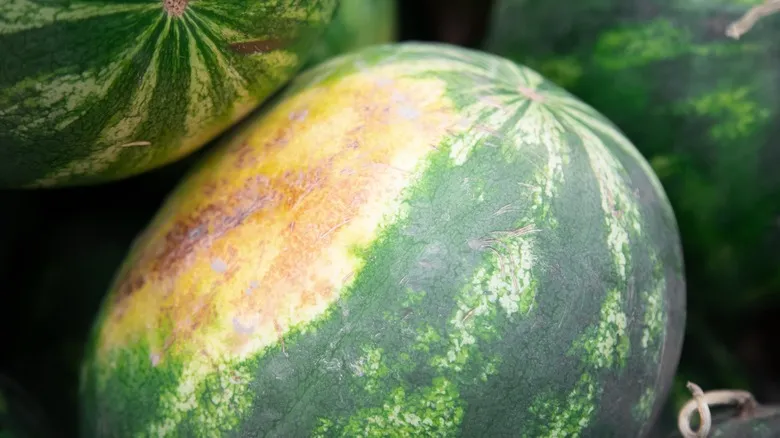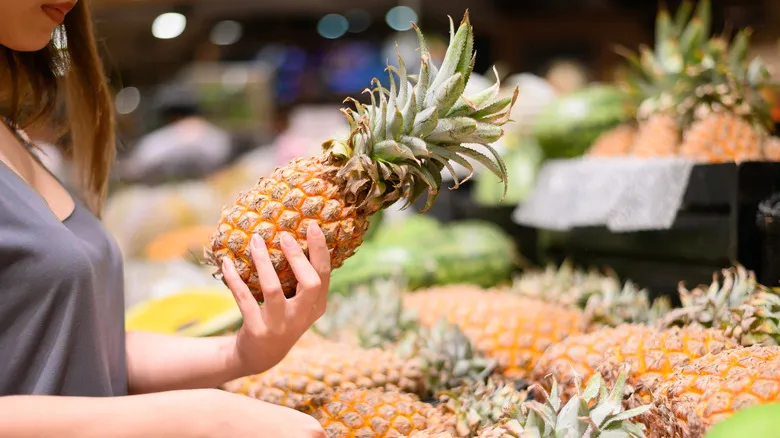What to do with under or overripe pineapple

What should you do if your pineapple isn't fully ripe—or worse, if it's overripe? Don't worry! Unlike some fruits such as bananas or avocados, pineapples typically won't continue to ripen once you bring them home. They won't magically ripen in your kitchen, so if you've ended up with an underripe pineapple, you'll need to get creative. For underripe pineapples, try sprinkling sugar or honey on them and grilling or roasting to enhance their natural sweetness. Alternatively, you can blend them into smoothies or muddle them with sweetener to create a tangy pineapple margarita with a hint of smokiness.
On the other hand, an overripe pineapple can still be useful if it hasn't spoiled. Just steer clear of any mushy or fermented areas; the rest is great for blending into smoothies, making sauces, or crafting a zesty pineapple syrup for desserts or cocktails.
But how do you know if it's gone bad? Look for signs like strong fermentation odors, excessive mold, or a slimy texture. If only a small part of the pineapple is slightly brown, you can cut away the affected area and use the rest right away. If it's too far gone, consider composting it instead of throwing it in the trash to minimize waste. With these tips, you can ensure that every pineapple has a purpose in your kitchen!
Recommended

Turn Those Canned Biscuits Into Sweet And Gooey Korean Pancakes

This Unlikely Ingredient Makes Lemonade Even More Refreshing

Grilled Vs Fried: How Should You Prepare Your Fish For Tacos?

How To Identify The Best Watermelon By The Field Spot
Next up

